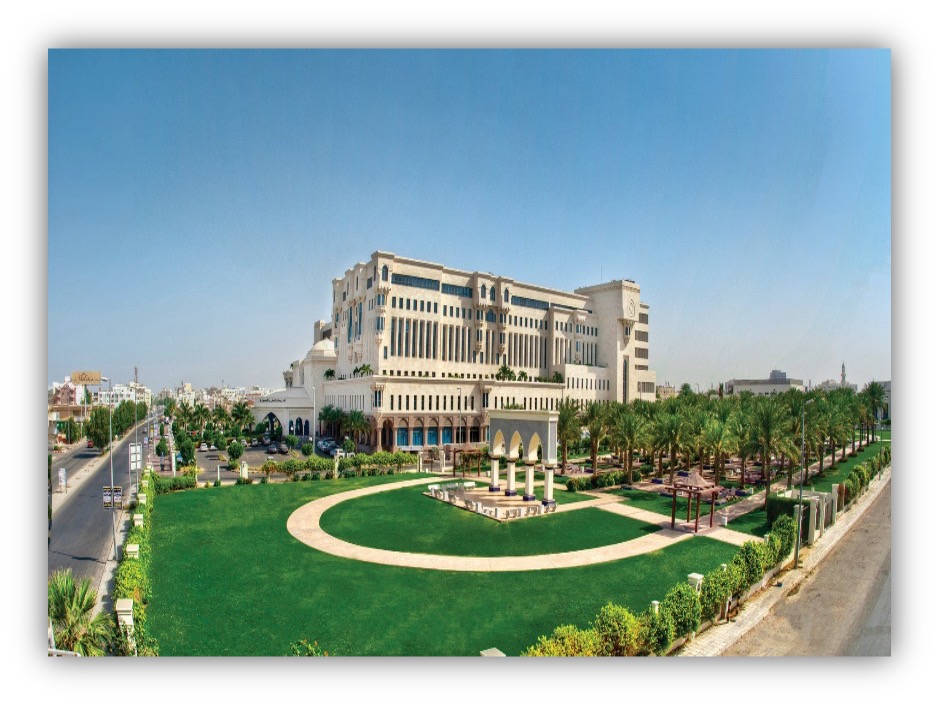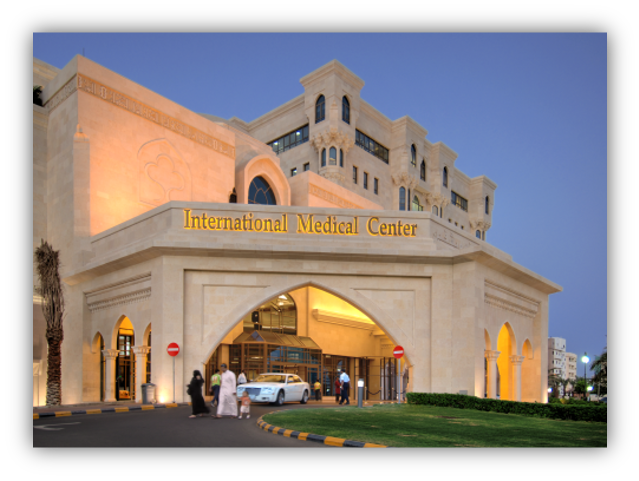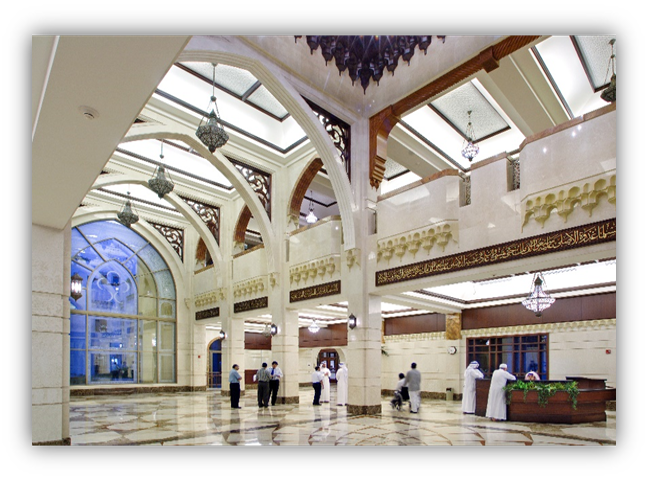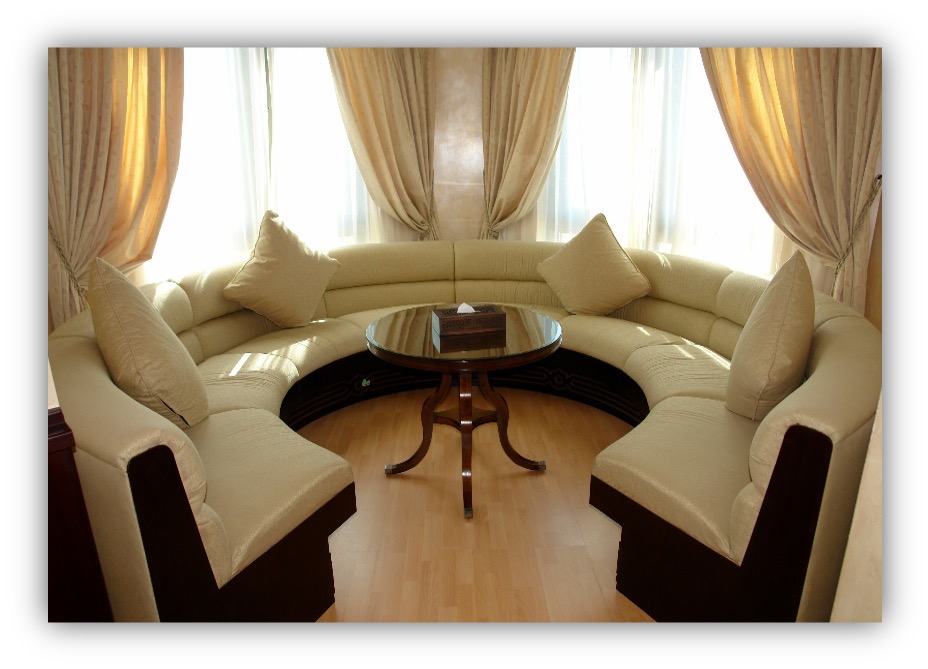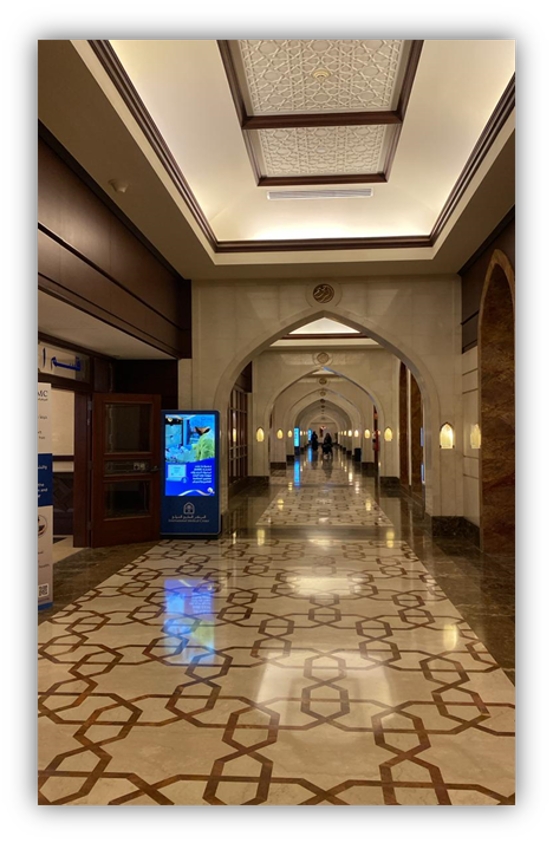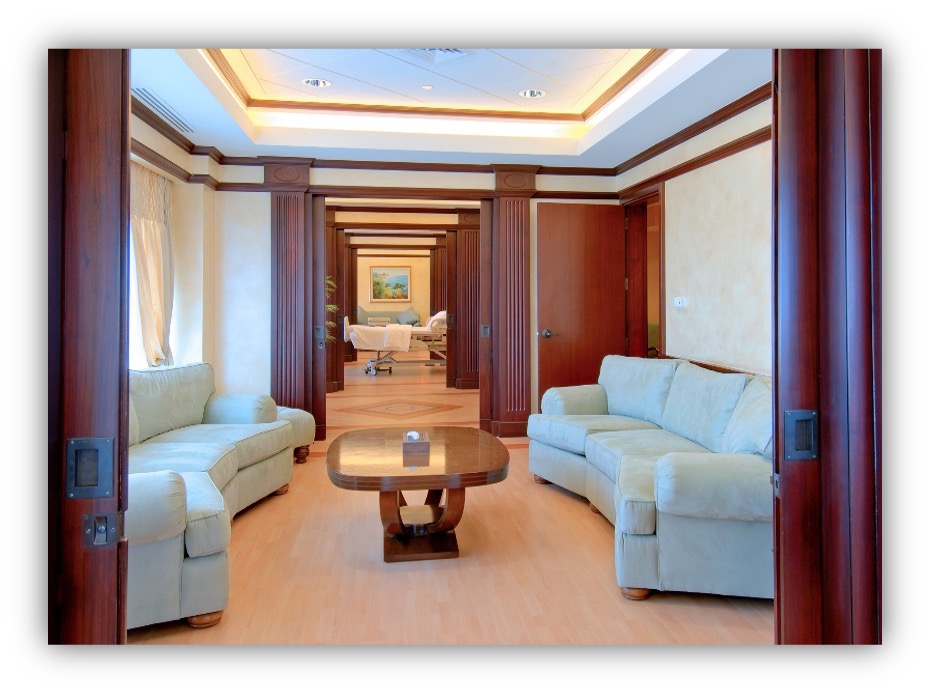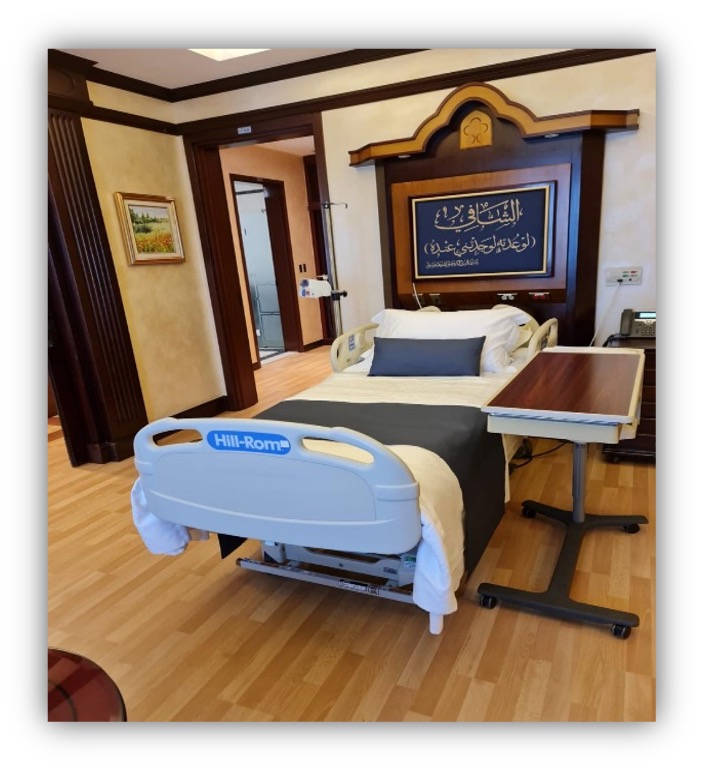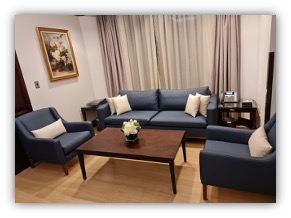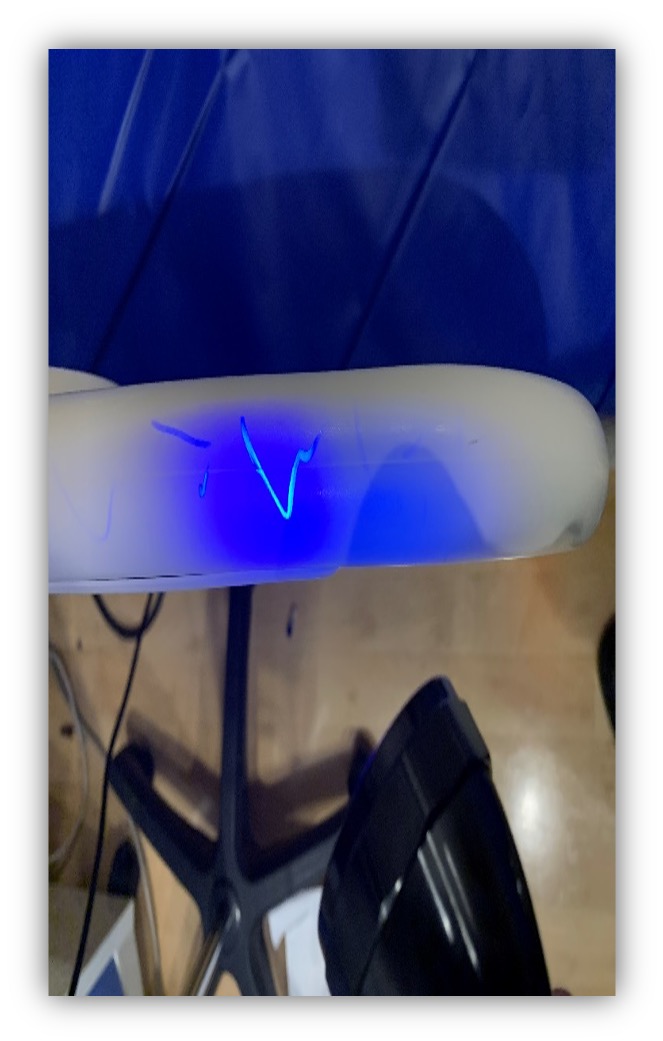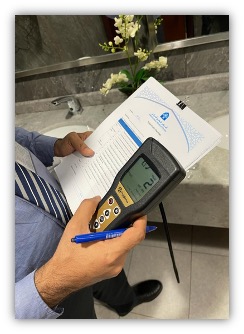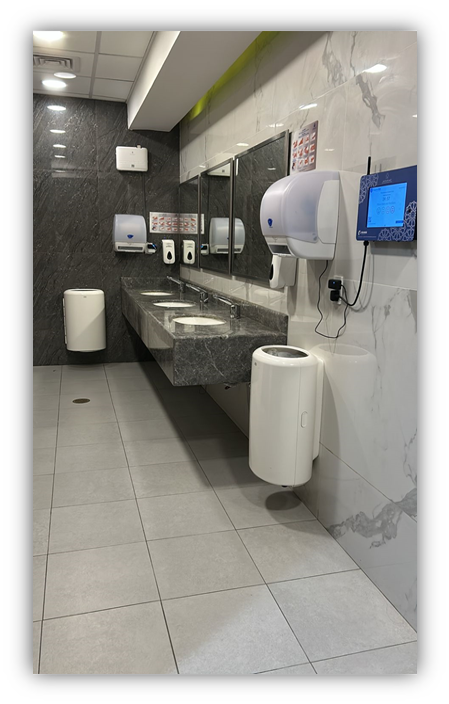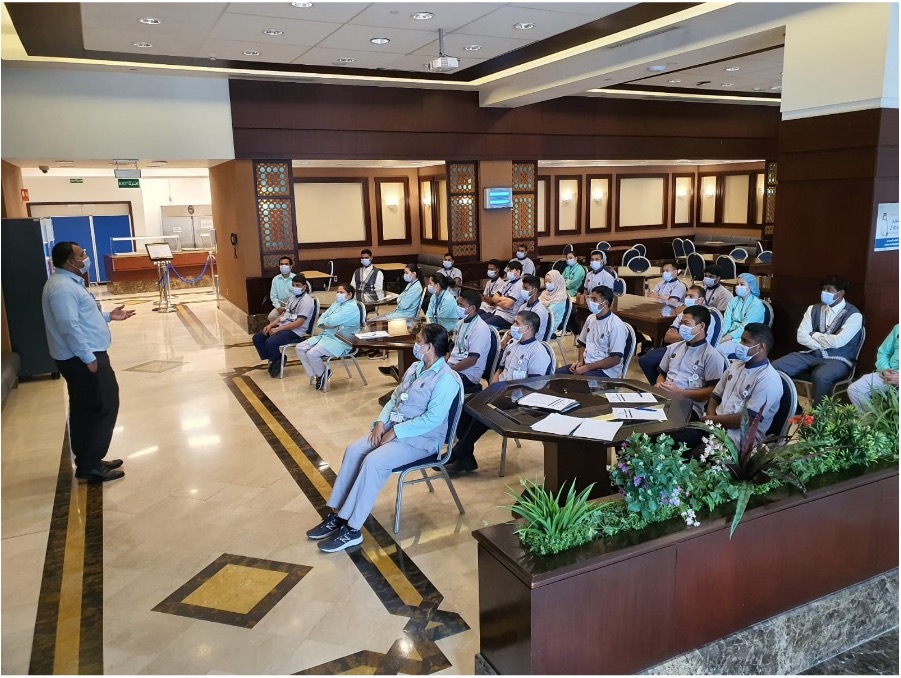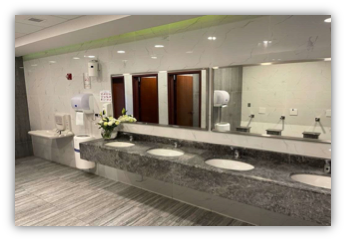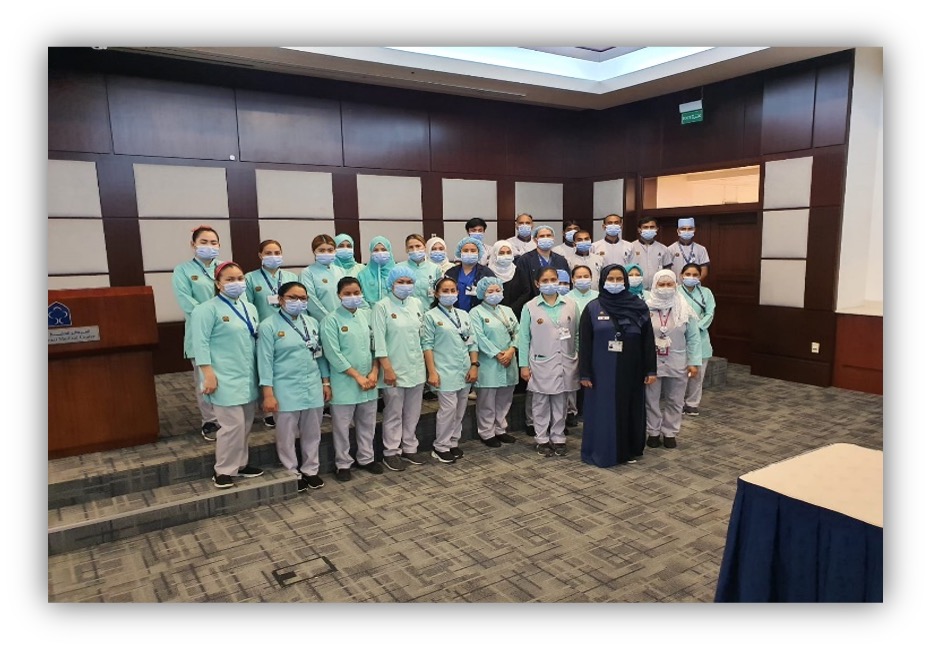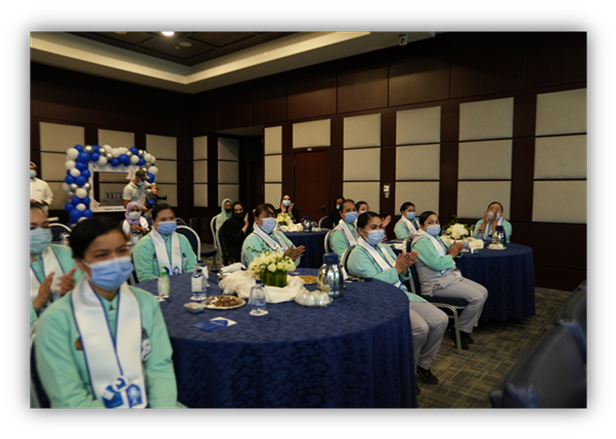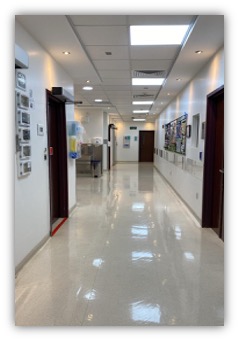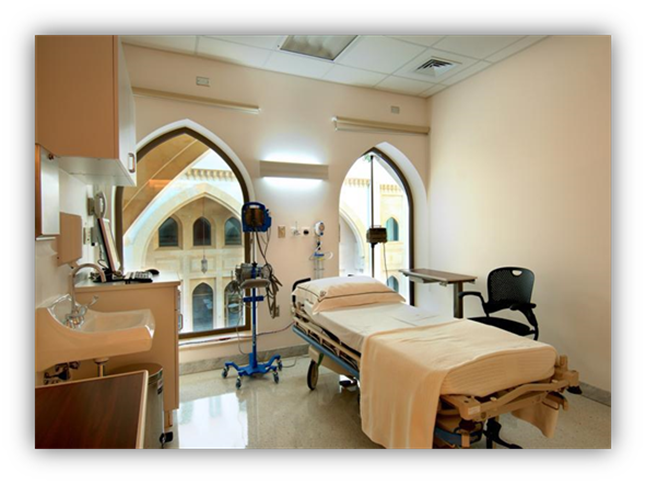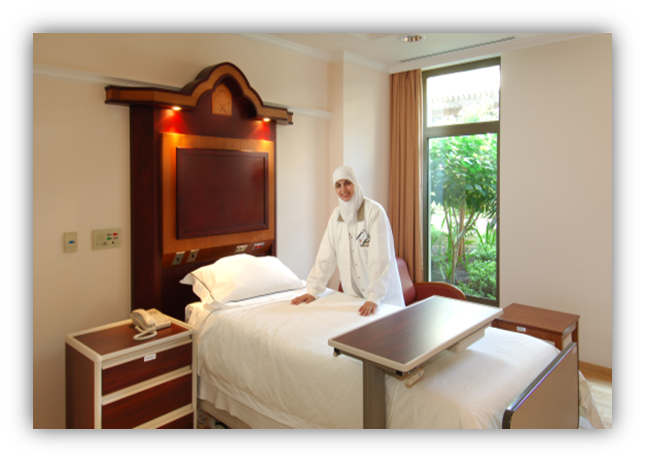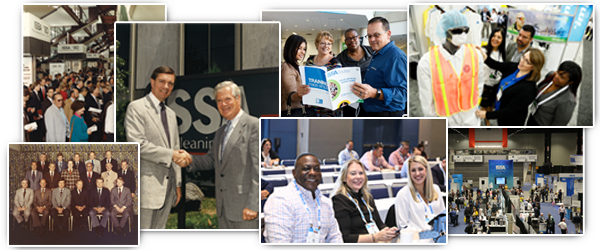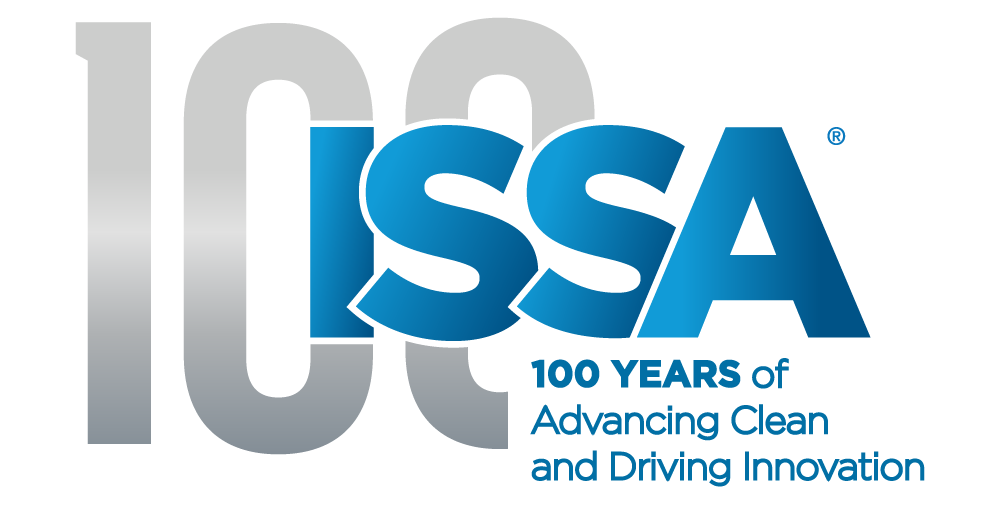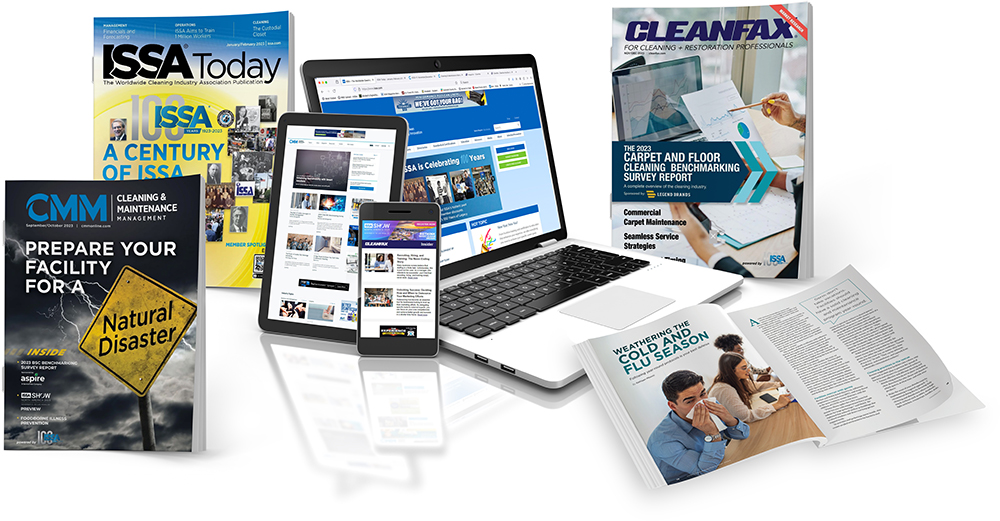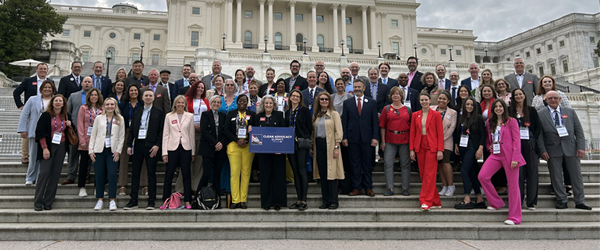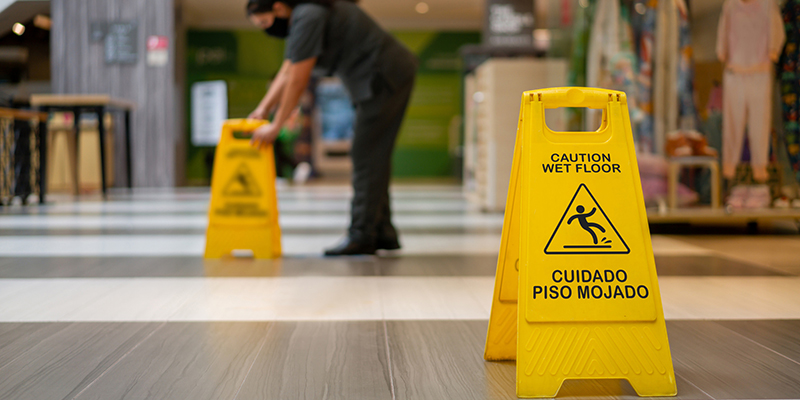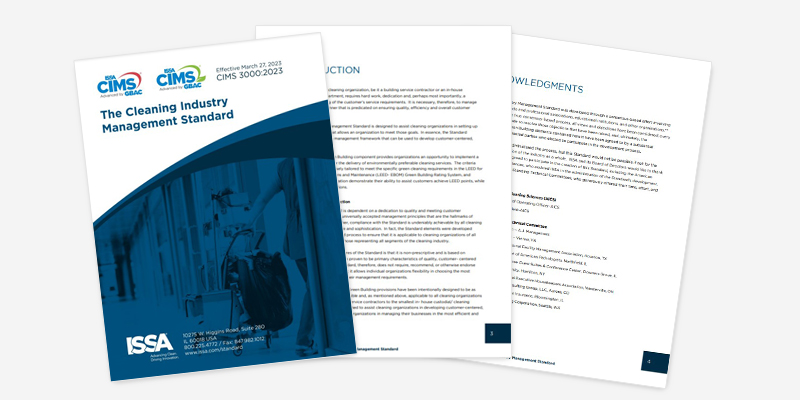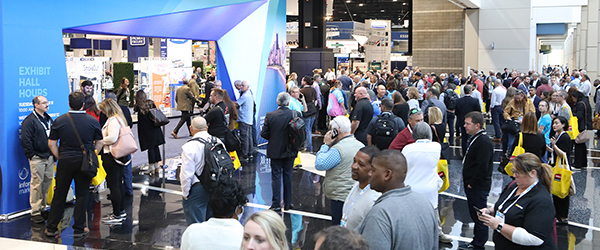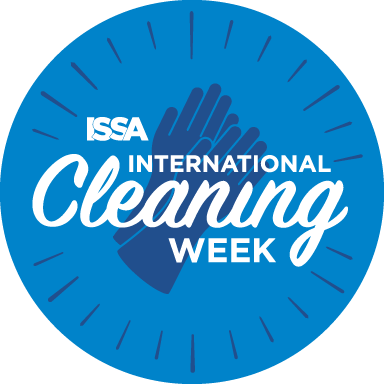
International Cleaning Week
Spotless Spaces Competition Finalist

International Medical Center
International Medical Center, In-House Service Provider
Our spotless spaces consists of the Public Restrooms, Patient Rooms, DPU, and Corridors at the International Medical Center in Jeddah, Saudi Arabia. (The use of ultraviolet torches, pens, and UltraSnap Surface ATP Test Swabs is for cleaning education and training purposes only.)
What specific measures do you or your team implement to ensure this space meets the highest standards of cleanliness and embodies the value of clean?
To maintain high standards of cleanliness and truly embody the value of “clean,” several key measures are typically implemented in such a space:
- Regular Cleaning Routines: Consistent and thorough cleaning schedules are followed, including daily, weekly, and monthly tasks, covering all areas—from high-touch surfaces to deeper cleans of floors and equipment.
- Use of Quality Cleaning Products: Only effective, eco-friendly cleaning agents that ensure a spotless, sanitary environment are used. This includes disinfectants and other cleaning supplies that meet the required safety and health standards.
- Employee Training: Created multi language Training Matrix, includes mandatory, job specific technical and on best practices, which includes both routine tasks and specialized techniques for handling different materials and spaces, ensuring nothing is overlooked.
- Sanitization/Disinfection Protocols: Particular attention is given to sanitizing areas with high foot traffic or where germs can spread easily (e.g., public toilets, patient rooms, staff canteen, ICU, OR, office desks, and door handles). This is often complemented by the use of UV, Fumigation or electrostatic sprayers for deep sanitization/disinfection.
- Quality Control & Inspections: Regular inspections and E_audits of cleanliness standards are carried out. A feedback loop is created so that if an area falls short of the standards, it’s immediately addressed.
- Waste Management: Efficient waste disposal protocols are followed, including proper segregation of recyclables, compostable, and general waste to maintain both cleanliness and environmental responsibility.
- Air Quality Management: To keep the air clean, filtration systems are used, especially in isolation rooms or enclosed areas. Regular cleaning of vents and ducts ensures optimal airflow.
- Clear Signage & Access to Supplies: Clear signage encourages individuals to maintain cleanliness on their own (e.g., cleaning wipes for personal spaces). Ensuring easy access to cleaning supplies helps maintain a consistently clean environment.
- Smart Resource Allocation: Enhancing Efficiency through International Time Studies At IMC, we’re committed to sustainability, efficiency, and delivering exceptional patient care. Our smart resource allocation strategy, powered by international cleaning time studies from ISSA, has been instrumental in achieving these goals.
- Performance Improvement Project: Reducing Turnaround Times IMC undertook a performance improvement project to reduce turnaround times for preparing Operating Rooms (OR) and patient rooms. Our interdisciplinary team used tools like root cause analysis, process mapping, and Lean principles to optimize workflows.
How does cleaning this space contribute to the health and safety of those who use it?
Cleaning a space not only ensures it is visually appealing, but it also plays a critical role in promoting the health, safety, and well-being of everyone who uses it. Here’s how:
Health and Safety Benefits:
- Disease Prevention: Regular cleaning and disinfecting help reduce the presence of harmful bacteria, viruses, and allergens. This is especially important in high-touch areas like door handles, light switches, and restrooms, preventing the spread of illnesses such as the flu, colds, and even COVID-19.
- Allergen Control: Dust, mold, and other allergens can accumulate over time, triggering respiratory issues or allergic reactions. Regular cleaning, including vacuuming with HEPA filters and wiping down surfaces, helps keep allergens at bay and improves indoor air quality.
- Slip and Fall Prevention: Keeping floors clean and dry reduces the risk of slips and falls, which is crucial for the safety of all individuals, especially in public spaces with heavy foot traffic.
- Improved Mental Well-Being: A clean environment can boost morale and create a sense of calm. It contributes to a positive atmosphere, fostering better mental health for everyone, whether it’s patients, employees, or visitors.
Sustainability and Green Cleaning:
- Waste Reduction: Promoting the use of reusable cleaning/duster cloths and mops, as well as implementing systems for recycling. Also, using energy-efficient appliances (like vacuums) supports sustainability efforts.
- Water Conservation: Employing practices such as cleaning during off-peak hours to reduce water consumption can make a positive environmental impact. Water-efficient methods can also contribute to the overall sustainability of the facility.
Creating an Inclusive Experience:
- Baby-Friendly Amenities: Baby-changing stations and nursing rooms use in the facility create a welcoming experience for patients and caregivers. These amenities show that the facility understands and caters to the needs of patients.
- Disability Accessibility: Ensuring that spaces are ADA-compliant (with ramps, wide doorways, accessible bathrooms, separate lower receptions counter etc.) is essential to make the facility inclusive for individuals with disabilities and ensuring that cleaning methods are non-disruptive and safe for those with mobility aids or other special needs.
By creating and maintaining clean, sustainable, and inclusive spaces, facilities promote not only the health and safety of their users but also contribute to a more equitable and supportive environment for everyone.
What does having a spotless space mean to you and your team?
For my team and me, a spotless space isn’t just about cleanliness—it’s about creating an environment that promotes clarity, focus, and comfort. When a space is organized and free of distractions, it allows everyone to feel more at ease and productive. A clean space also symbolizes mental clarity, helping to clear the mind and make room for creativity and efficient work.

